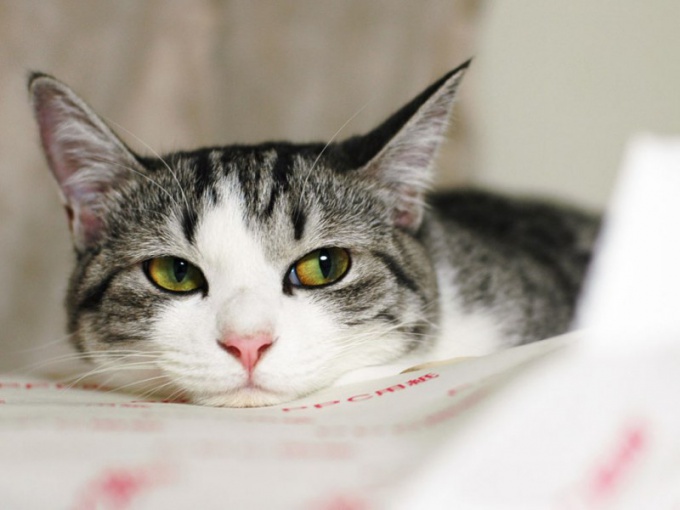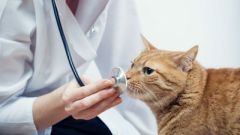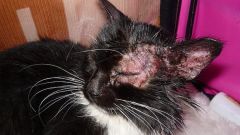Causes and symptoms inflammation of the lymph nodes
To refer to the inflammation of lymph nodes uses the term lymphadenopathy. Inflammation can occur due to infection and cancer.
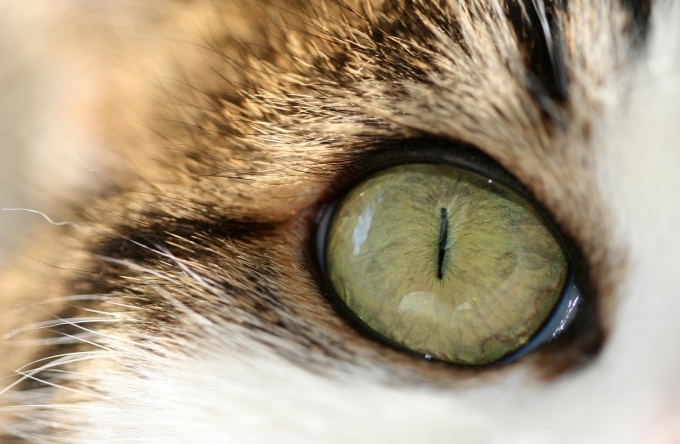
If you have problems with lymph nodes arose due to the infection, the disease is called lymphadenitis. When the outbreak in the body inflammation of the lymph nodes adjacent to the affected organ, often increase. For example, if a cat's infected gums, usually increasing the submandibular lymph nodes and tonsils.

Also causes can be viruses, bacteria and parasites (worms). In this case, the treatment goal is eradication.
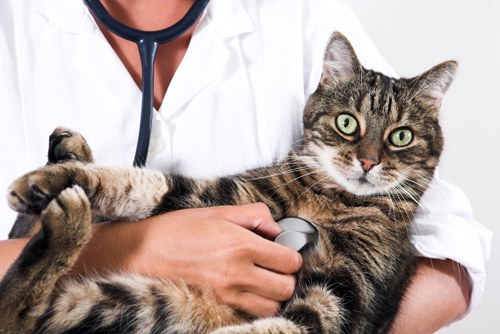
Pair or single increase occurs in disorders in metabolism, lowered immunity and injuries.
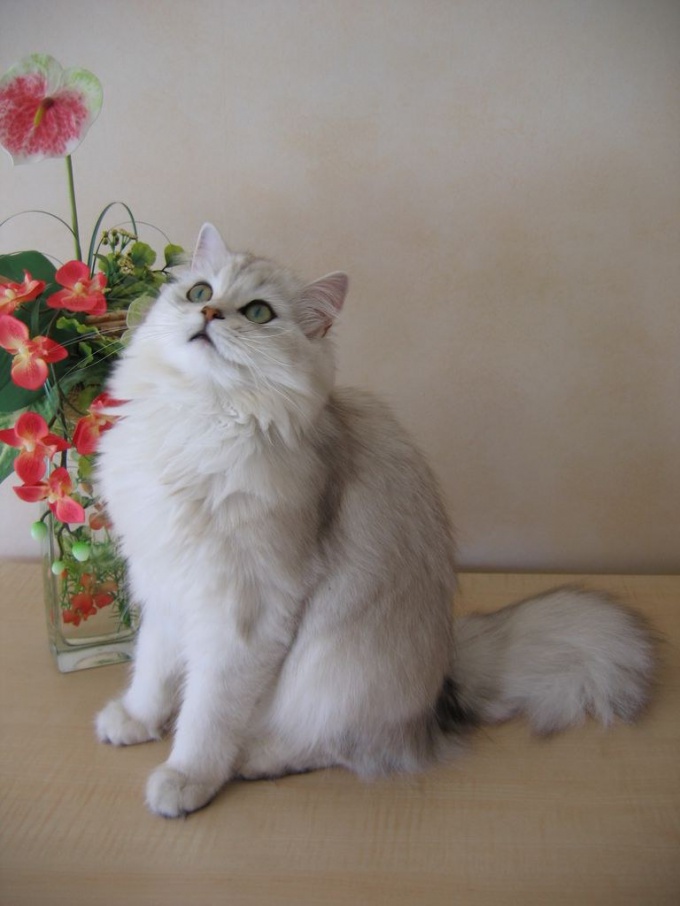
If lymph nodes in an animal is increased massively, then you need to donate blood. When leucosome and leukemia can be such symptoms, but without testing, these diseases are not recognized.

Other symptoms depend on the organ or part of body in which disease develops. At the bole in the throat, the cat may be reluctant to eat, coughing and drooling. Of these signs can be due to swollen lymph nodes because they interfere with swallowing.
If the infected cat, there will be enlargement of lymph nodes along the legs of the animal. May appear limp. And the reason for this is not so much pain in the limbs themselves, how much painful reaction of swollen lymph nodes.
Lymphadenitis usually not dangerous for cats. Of course, subject to timely detection and treatment. When the disease is treated, the lymph nodes returned to normal.
Treatment lymphadenitis in cats
To choose an effective treatment can only be accurately identifying the cause of the disease. So the first thing to do is properly diagnose. For that, you should contact the veterinary clinic.
If the infection is bacterial in nature, antibiotics are appointed, which is sensitive to this type of bacteria. If enlarged lymph nodes caused by fungal infection, apply antifungal drugs.
During viral infection, the treatment must appoint a physician. The choice of drug is affected by the condition and the causative agents of inflammation. Most often it is bruneomycini.
When the deterioration of the animal (shortness of breath, fever and lethargy) he prescribed hormones.
